Enrico Fermi: The Architect of the Nuclear Age
Introduction: The Life and Legacy of a Scientific Giant
Enrico Fermi, often referred to as the "architect of the nuclear age," was one of the most influential physicists of the 20th century. His groundbreaking work in nuclear physics, quantum theory, and particle physics laid the foundation for modern nuclear energy and weaponry. A Nobel laureate, Fermi was not only a brilliant theorist but also an exceptional experimentalist, a rare combination that set him apart from his peers.
Born in Rome in 1901, Fermi displayed an extraordinary aptitude for mathematics and physics from an early age. His career spanned continents, from Italy to the United States, where he played a pivotal role in the Manhattan Project during World War II. Beyond his scientific achievements, Fermi was known for his humility, teaching prowess, and ability to simplify complex concepts—a trait that earned him the admiration of colleagues and students alike.
This article explores Fermi’s early life, education, major scientific contributions, and his lasting impact on science and technology.
Early Life and Education
Enrico Fermi was born on September 29, 1901, in Rome, Italy, to Alberto Fermi, a chief inspector of the Ministry of Communications, and Ida de Gattis, a schoolteacher. From a young age, Fermi exhibited an insatiable curiosity about the natural world. His older brother, Giulio, shared this passion, but tragically died during a minor surgery when Enrico was just 14. The loss deeply affected Fermi, but he channeled his grief into his studies.
Fermi’s intellectual prowess became evident during his high school years. He devoured advanced physics and mathematics books, often teaching himself concepts far beyond his grade level. A family friend, engineer Adolfo Amidei, recognized Fermi’s genius and provided him with university-level textbooks, further fueling his passion for physics.
In 1918, Fermi enrolled at the prestigious Scuola Normale Superiore in Pisa, where he earned his doctorate in physics in 1922. His thesis on X-ray diffraction showcased his early talent for experimental and theoretical work. During this time, Fermi also studied under renowned physicists like Max Born in Germany, where he deepened his understanding of quantum mechanics—a field that would later define much of his career.
Early Career and Contributions to Quantum Theory
After completing his education, Fermi returned to Italy, where he began teaching at the University of Florence and later at the University of Rome. In 1926, he formulated what is now known as Fermi-Dirac statistics, a fundamental principle in quantum mechanics that describes the behavior of particles now called fermions (named in his honor). This work was crucial in advancing the field of quantum statistics and earned him international recognition.
Fermi’s ability to bridge theory and experiment was unparalleled. In 1934, he made another groundbreaking discovery: induced radioactivity. By bombarding elements with neutrons, Fermi and his team found that they could create new radioactive isotopes. This discovery not only expanded the periodic table but also paved the way for future nuclear research.
The Nobel Prize and Escape to America
In 1938, Fermi was awarded the Nobel Prize in Physics for his work on neutron bombardment and the discovery of transuranium elements. The timing of the award was fortuitous—Fascist Italy, under Benito Mussolini, had enacted anti-Semitic laws, and Fermi’s wife, Laura Capon, was Jewish. Recognizing the growing danger, Fermi used the Nobel ceremony in Stockholm as an opportunity to flee Europe. The family emigrated to the United States, where Fermi accepted a position at Columbia University.
The Manhattan Project and the First Nuclear Reactor
With the outbreak of World War II, Fermi’s expertise became invaluable to the Allied effort. In 1942, he joined the top-secret Manhattan Project, the U.S. initiative to develop the atomic bomb. Fermi’s most notable contribution was the creation of the first controlled nuclear chain reaction. On December 2, 1942, beneath the stands of the University of Chicago’s Stagg Field, Fermi and his team successfully activated Chicago Pile-1 (CP-1), the world’s first artificial nuclear reactor.
This experiment proved that nuclear energy could be harnessed—ushering in the atomic age. The success of CP-1 directly led to the development of plutonium production reactors, which were essential for the bombs later dropped on Nagasaki and Hiroshima.
Post-War Contributions and Legacy
After the war, Fermi continued his research at the University of Chicago, where he focused on high-energy physics and cosmic rays. He also mentored a new generation of physicists, including future Nobel laureates like Chen-Ning Yang and Tsung-Dao Lee.
Tragically, Fermi’s life was cut short by stomach cancer, likely caused by prolonged exposure to radiation. He died on November 28, 1954, at the age of 53. Despite his premature death, Fermi’s legacy endures. The element fermium (Fm) was named in his honor, and the Fermi National Accelerator Laboratory (Fermilab) stands as a testament to his contributions.
Conclusion of Part One
Enrico Fermi’s life was a testament to the power of curiosity, intellect, and perseverance. From his early days in Italy to his pivotal role in the Manhattan Project, Fermi shaped the course of modern physics. In the next part of this article, we will delve deeper into his scientific methodologies, his influence on nuclear policy, and the ethical dilemmas surrounding his work.
(To be continued...)
Enrico Fermi: The Scientist, the Teacher, and the Ethical Dilemmas
Fermi’s Scientific Methodology: Bridging Theory and Experiment
One of Enrico Fermi’s most remarkable traits was his ability to seamlessly integrate theoretical and experimental physics. Unlike many of his contemporaries who specialized in one or the other, Fermi excelled in both domains. His approach was methodical yet intuitive—he often relied on back-of-the-envelope calculations, now famously called "Fermi estimates," to approximate complex problems with surprising accuracy.
A classic example of this was his estimation of the strength of the first atomic bomb blast during the Trinity test in 1945. By dropping small pieces of paper as the shockwave passed and measuring how far they moved, Fermi approximated the bomb’s yield within a reasonable margin of error—long before precise instruments could confirm it. This ability to simplify problems without losing sight of their essence made him an invaluable asset in both academic and military research.
The Fermi Paradox: A Question That Still Haunts Science
Beyond his direct contributions to nuclear physics, Fermi’s name is immortalized in the "Fermi Paradox"—a profound question about extraterrestrial life. During a casual lunch conversation in 1950, Fermi pondered the apparent contradiction between the high probability of alien civilizations existing in the universe and humanity’s lack of contact with them. His simple yet piercing question—"Where is everybody?"—sparked decades of debate among astronomers, philosophers, and futurists.
The Fermi Paradox remains unresolved, inspiring theories ranging from the "Great Filter" hypothesis (suggesting that advanced civilizations self-destruct) to the possibility that aliens are simply too far away or too different for us to detect. This intellectual legacy demonstrates Fermi’s knack for asking deceptively simple questions that uncover deep scientific mysteries.
Fermi as a Mentor: Shaping the Next Generation of Physicists
Fermi’s impact extended far beyond his own research. As a professor at the University of Chicago, he became a revered mentor, known for his clarity, patience, and willingness to engage with students at all levels. His lectures were legendary—free of unnecessary jargon, yet rich in insight. Many of his students, including Nobel laureates like Owen Chamberlain and Jack Steinberger, credited Fermi with shaping their scientific thinking.
One of his most famous pedagogical tools was the "Fermi Problem," where he challenged students to solve seemingly impossible questions (e.g., "How many piano tuners are there in Chicago?") using logical estimation. These exercises taught critical thinking and problem-solving skills that transcended physics, influencing fields as diverse as economics and engineering.
The Ethical Weight of the Atomic Age
Fermi’s work on the Manhattan Project placed him at the center of one of history’s most contentious moral dilemmas. While he was not directly involved in the decision to drop atomic bombs on Hiroshima and Nagasaki, his reactor design was instrumental in creating the plutonium used in the "Fat Man" bomb. After the war, Fermi expressed mixed feelings about nuclear weapons. He advocated for civilian nuclear energy but warned against the dangers of an arms race, joining other scientists in calling for international control of atomic technology.
In a 1946 lecture, Fermi remarked:
*"The fact that no limits exist to the destructiveness of this weapon renders its very existence and the knowledge of its construction a danger to humanity."*
This ambivalence reflects the broader tension in Fermi’s legacy: a man who pushed the boundaries of human knowledge but also grappled with its consequences.
The Chicago Pile-1 Breakthrough: A Turning Point in History
The success of Chicago Pile-1 (CP-1) on December 2, 1942, cannot be overstated. Unlike earlier experiments that relied on natural uranium, Fermi’s reactor used purified graphite as a moderator to slow neutrons, increasing the likelihood of sustained fission. The reactor was built in a squash court under Stagg Field, a deliberately inconspicuous location to avoid drawing attention.
As the reaction reached criticality, Fermi calmly announced, *"The pile has gone critical."* The team celebrated with a quiet toast—a moment of triumph overshadowed by the knowledge that this technology could be used for destruction. The experiment’s success directly enabled the Manhattan Project’s plutonium production, but it also laid the groundwork for peaceful nuclear energy.
Post-War Advocacy for Nuclear Energy
After World War II, Fermi shifted his focus to civilian applications of nuclear power. He served on the Atomic Energy Commission’s General Advisory Committee, where he advocated for nuclear reactors as a clean energy source. His vision was partly realized with the opening of the first commercial nuclear power plant in Shippingport, Pennsylvania, in 1957—a project that owed much to his earlier research.
However, Fermi remained cautious. He criticized the U.S. government’s rush to develop hydrogen bombs, arguing that scientific progress should not outpace ethical considerations. His warnings about nuclear proliferation remain eerily relevant today.
Personal Life: The Man Behind the Genius
Despite his towering intellect, Fermi was known for his humility and approachability. Colleagues described him as unpretentious, often seen biking to work or playing tennis with students. His marriage to Laura Capon was a partnership of equals—a rarity in the male-dominated scientific world of the time. Laura, a writer and activist, provided emotional stability during Fermi’s most stressful years, including their flight from fascist Italy.
Fermi’s hobbies included hiking and solving mathematical puzzles for fun. He had a dry sense of humor; when asked if he believed in extraterrestrials, he quipped, *"They are among us—but they call themselves Hungarians,"* a nod to his brilliant (and often eccentric) colleagues like Leo Szilard and Edward Teller.
Illness and Untimely Death
In 1954, Fermi began suffering from severe stomach pain. Doctors diagnosed him with incurable stomach cancer, likely caused by prolonged radiation exposure—a tragic irony for a man who had pioneered radiation safety protocols. Even on his deathbed, Fermi remained analytical, meticulously documenting his symptoms for medical science.
He passed away on November 28, 1954, at age 53. His last words to Laura were, *"I hope it won’t take long."* The scientific world mourned the loss of a visionary whose work had redefined the modern era.
Conclusion of Part Two
Enrico Fermi’s legacy is a tapestry of brilliance, ethical complexity, and enduring curiosity. From the paradox that bears his name to the nuclear reactors that power cities, his influence is everywhere. In the final part of this article, we will explore how Fermi’s ideas continue to shape modern physics, the ongoing debates over nuclear energy, and the institutions that honor his memory.
(To be continued...)
Enrico Fermi's Enduring Legacy: From Nuclear Physics to the Future of Science
The Fermi Effect: How One Man Transformed Modern Physics
Enrico Fermi's influence extends far beyond his lifetime, with his work continuing to shape multiple branches of physics. The "Fermi effect" refers to his uncanny ability to make major contributions across diverse fields - from statistical mechanics to particle physics. Today, his fingerprints can be seen in:
• Quantum computing (building on Fermi-Dirac statistics)
• Neutrino research (following his early work on weak interactions)
• Nuclear medicine (developed from his radioactive isotope research)
• Astrophysics (informed by his cosmic ray studies)
Perhaps most remarkably, Fermi's 1934 theory of beta decay introduced the concept of the weak nuclear force - one of the four fundamental forces of nature. This work alone would have secured his place in physics history, yet it was just one of many breakthroughs in his astonishing career.
Fermi's Lasting Impact on Nuclear Policy and Energy
The nuclear age Fermi helped create continues to present complex challenges. His vision for peaceful atomic energy has been partially realized - nuclear power now provides about 10% of global electricity with minimal carbon emissions. However, the weapons proliferation he warned about remains a critical issue.
Modern nuclear reactors still use variants of Fermi's original designs. The latest generation IV reactors, including molten salt and fast breeder reactors, build directly on principles he established. Meanwhile, fusion research - potentially the holy grail of clean energy - owes much to Fermi's early plasma physics work.
The ethical questions Fermi grappled with have only grown more urgent. Climate change has forced reconsideration of nuclear power's role, while geopolitical tensions highlight the dangers of nuclear weapons. Fermi's balanced approach - embracing scientific progress while demanding responsibility - serves as a model for today's researchers.
Honoring Fermi: Institutions and Recognition
Numerous scientific institutions and honors bear Fermi's name, ensuring his legacy endures:
• Fermi National Accelerator Laboratory (Fermilab) - A leading particle physics facility
• The Enrico Fermi Institute - Research center at the University of Chicago
• Fermi Gamma-ray Space Telescope - NASA's orbital observatory
• Element 100 (Fermium) - Named in his honor
• The Enrico Fermi Award - Prestigious U.S. government science prize
These institutions continue pushing boundaries in areas Fermi pioneered. Fermilab's recent muon g-2 experiments, for instance, may reveal physics beyond the Standard Model - exactly the kind of fundamental discovery Fermi would have championed.
The Fermi Paradox in Modern Context
Seventy years after Fermi first posed his famous question about extraterrestrial life, new discoveries have made the paradox more puzzling than ever. The Kepler telescope's revelation that most stars host planets - many in habitable zones - has strengthened the argument that life should be common. Yet we still have no definitive evidence of alien civilizations.
Modern attempts to resolve the paradox include:
• The "Great Filter" theory suggesting catastrophic barriers to advanced life
• The "Zoo Hypothesis" proposing aliens deliberately avoid contact
• The possibility that we're searching for the wrong signals
Fermi's simple question continues to inspire SETI research, astrobiology, and philosophical debates about humanity's place in the cosmos.
Fermi's Approach to Science: Lessons for Today
In an era of increasing specialization, Fermi's broad expertise offers important lessons:
1. **Value both theory and experiment** - His ability to bridge these worlds led to unique insights
2. **Master the fundamentals** - His famous estimation techniques relied on deep conceptual understanding
3. **Ask simple questions** - The Fermi Paradox shows how basic queries can reveal profound truths
4. **Communicate clearly** - His legendary teaching stemmed from distilling complex ideas
These principles remain vital for tackling modern scientific challenges, from quantum computing to climate modeling.
Fermi in Popular Culture and Public Memory
While not as widely known as Einstein, Fermi has appeared in various cultural works:
• Featured in the Manhattan Project TV series "Oppenheimer" (2023)
• Subject of the play "The Love of the Nightingale" (examining his moral dilemmas)
• Mentioned in science fiction like Kim Stanley Robinson's "Galileo's Dream"
• Inspiring characters in video games like the Fallout series
The Enrico Fermi High School in New York and various scholarships continue introducing new generations to his legacy. His story - of scientific brilliance combined with human complexity - makes him a compelling figure for dramatization.
Unfinished Work: What Fermi Might Have Achieved
Fermi's premature death at 53 robbed science of potentially decades more breakthroughs. Based on his research trajectory, he might have:
• Advanced early computer science (he was exploring numerical methods)
• Contributed to the emerging field of particle physics
• Developed new nuclear reactor designs
• Made progress on unified field theories
His colleagues believed he was just entering a new creative phase when cancer struck. The questions he was pondering in his final years - about cosmic rays, neutron physics, and quantum foundations - remain active research areas today.
Fermi's Legacy in the 21st Century
As we face global challenges from energy needs to existential risks, Fermi's example remains relevant:
• **For scientists* His interdisciplinary approach models how to tackle complex problems
• **For policymakers* His nuanced view of nuclear technology offers guidance
• **For educators* His teaching methods demonstrate how to inspire future researchers
• **For the public* His story illustrates both the promise and perils of scientific progress
The "Fermi way" of thinking - combining rigorous analysis with creative problem-solving - may hold keys to addressing climate change, pandemics, and other pressing issues.
Final Thoughts: The Architect of the Modern World
Enrico Fermi shaped our world more than most historical figures. The electricity powering homes, the medical imaging saving lives, even the satellites connecting our global society - all bear traces of his influence. Yet his greatest legacy may be his example of how to pursue knowledge responsibly.
As we stand on the shoulders of this scientific giant, we inherit both his brilliant discoveries and his profound questions. The nuclear age he helped create continues to evolve, as does the search for extraterrestrial life he famously pondered. In laboratories worldwide, researchers still employ his methods and build on his ideas.
Fermi's life reminds us that science is never just about equations and experiments - it's about human curiosity, responsibility, and the endless quest to understand our universe. As we face new scientific frontiers, from quantum technologies to interstellar exploration, we would do well to remember Fermi's combination of brilliance, humility, and thoughtful reflection on the consequences of discovery.

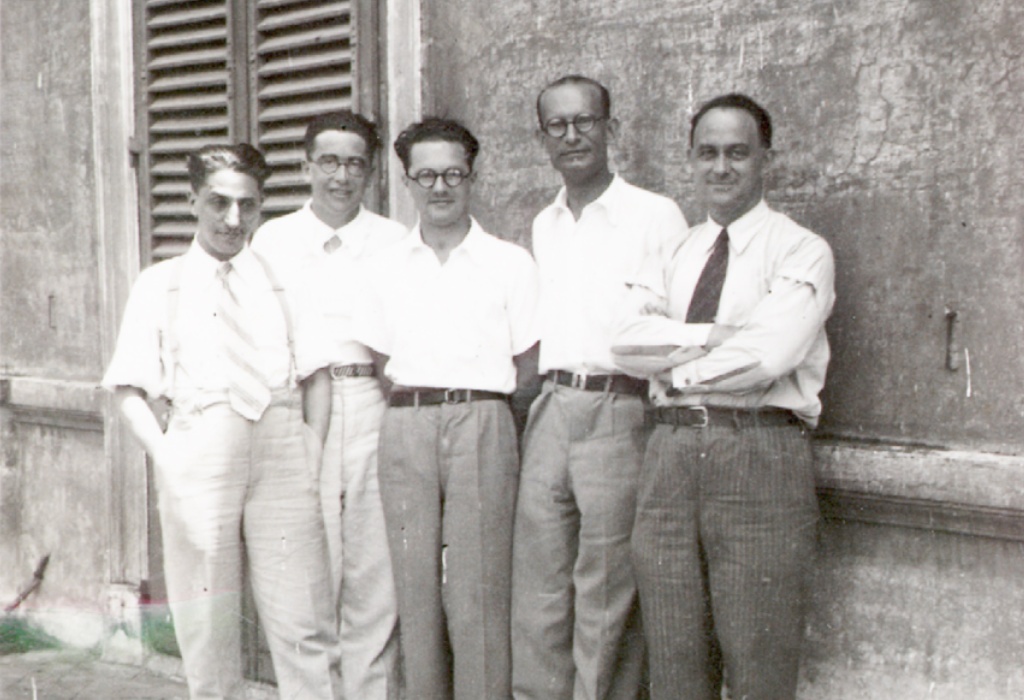

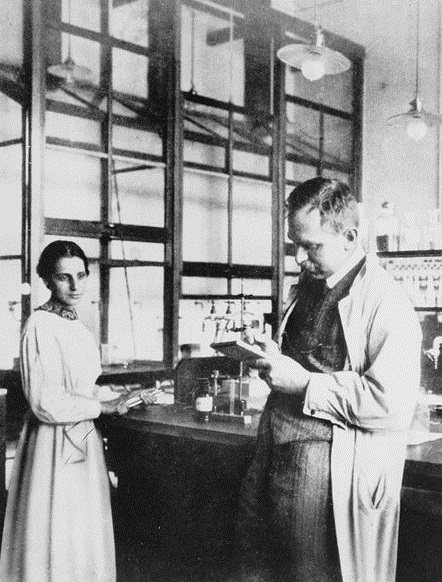
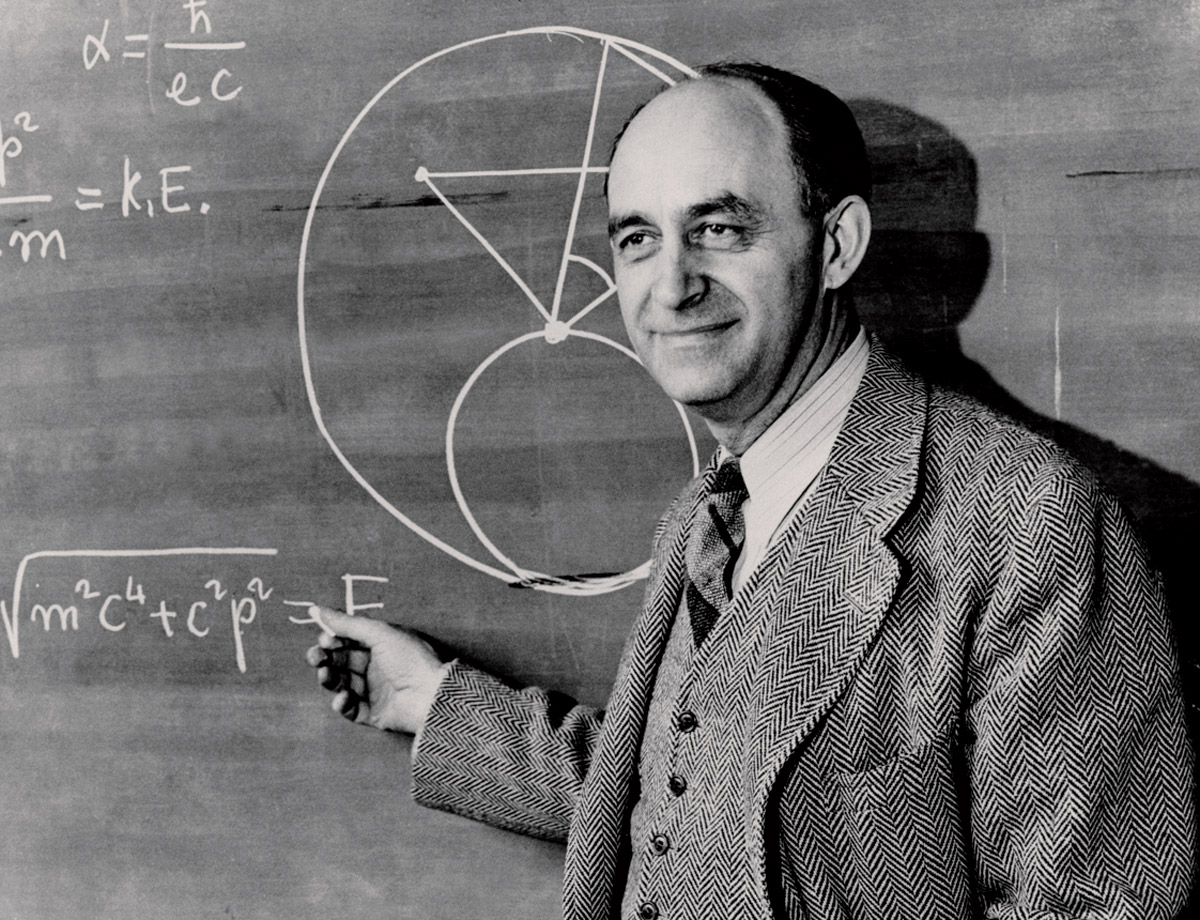


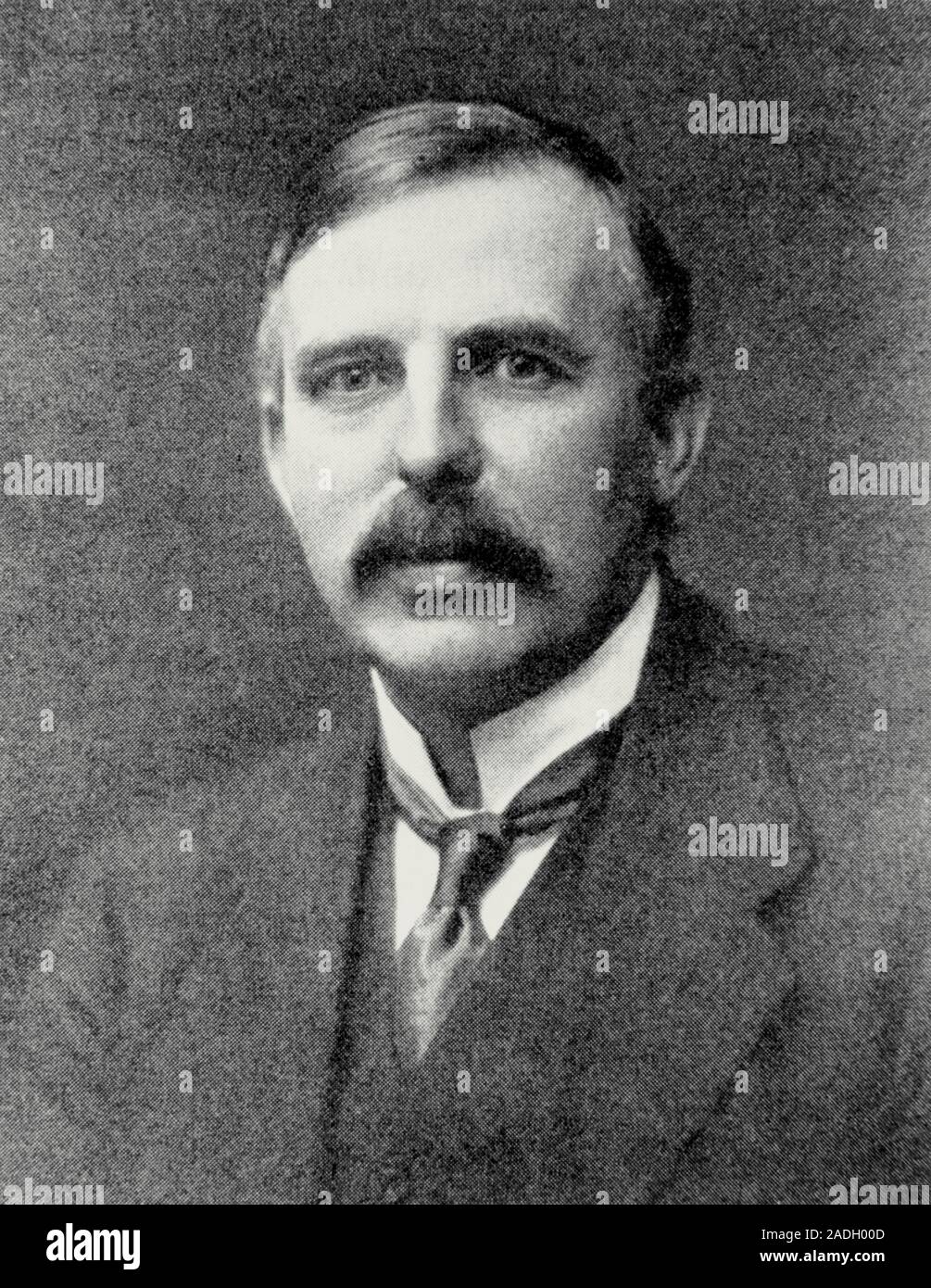

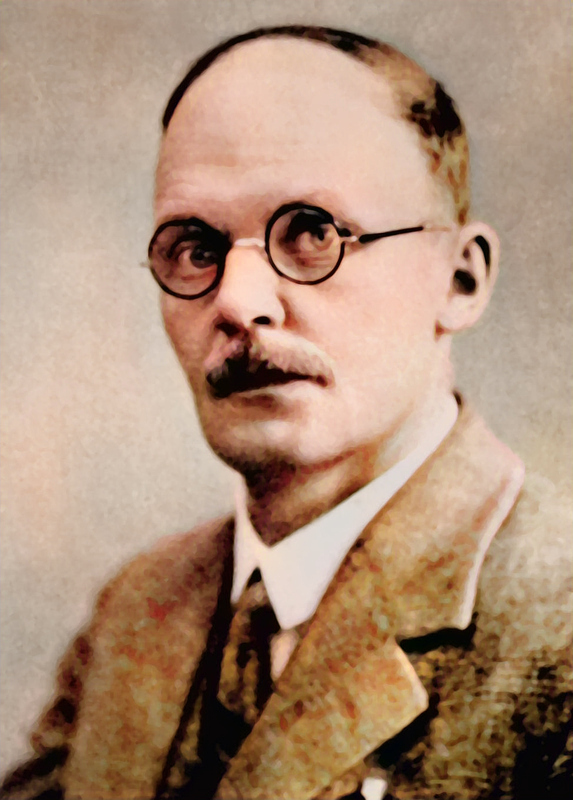





Comments